Chaise, Divan, Daybed, Settee: What's the Difference?
http://decor-ideas.org 11/12/2013 13:30 Decor Ideas
Looking for an elegant, versatile piece of furniture to seat one or two? You may be in need of a chaise ... or a settee, divan or daybed. Below we'll sort out the differences between these popular furniture pieces, plus discuss a few others you may encounter (recamier, anyone?) on your furniture hunt.
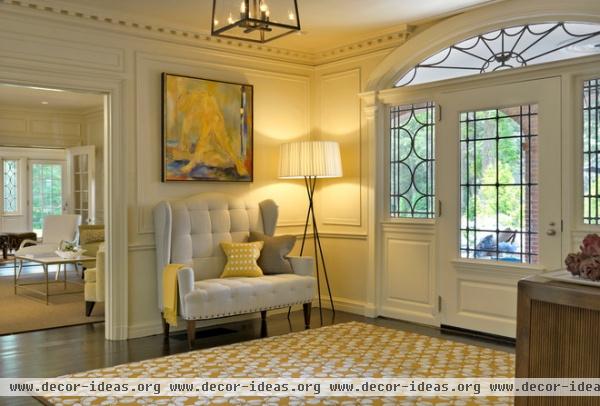
What Is a Settee?
A settee is a small sofa with two arms and a back. It usually seats two and is more upright and slender than a typical sofa. Unlike most sofas, a settee can easily look at home in an entryway, in a bedroom or even pulled up to the dining table, thanks to its elegant proportions and upright posture.
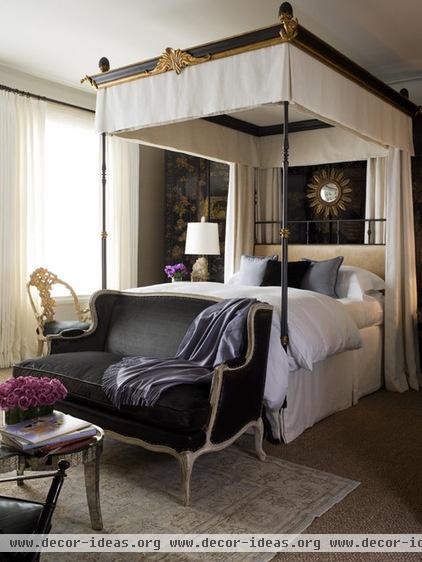
A settee can be fully upholstered, like the one shown in the last photo, or it may have an upholstered seat and back, with exposed wood on the arms and frame, like the one shown here.
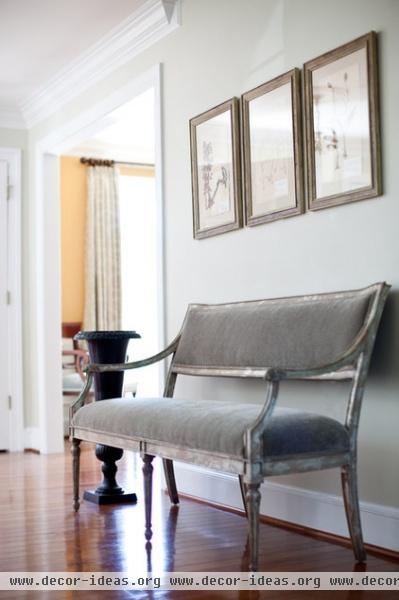
When is a settee a bench? A settee with space between the back and the seat, like the one shown here, can also be called a bench. If it is upholstered (as this one is) it's still safe to call it a settee; if there is no upholstery, definitely call it a bench.
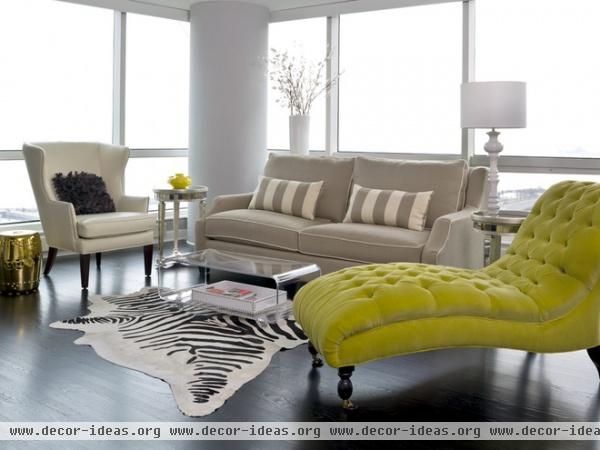
What Is a Chaise?
Coming from the French term "chaise longue," meaning "long chair," a chaise is an upholstered seat for one, and it is meant for reclining in — think of this as a chair and foot stool in one. Chaises always have a back and may have one, two or no arms. Some chaises, like the one you see here, are contoured, making it even more tempting to lie back and relax. Others have a more contemporary upright shape and can be used to seat two side by side or one reclining.
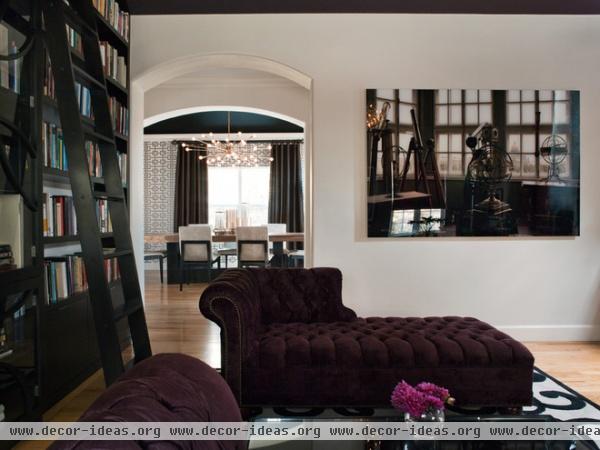
The fainting couch variation. A chaise with a back and one arm, often sloping, is sometimes called a fainting couch. This style originated in the Victorian era, when ladies wearing restrictive corsets often found themselves in need of a place where they could sit and catch their breath. While the need for this particular piece of furniture has thankfully gone, it still adds elegance and appeal.
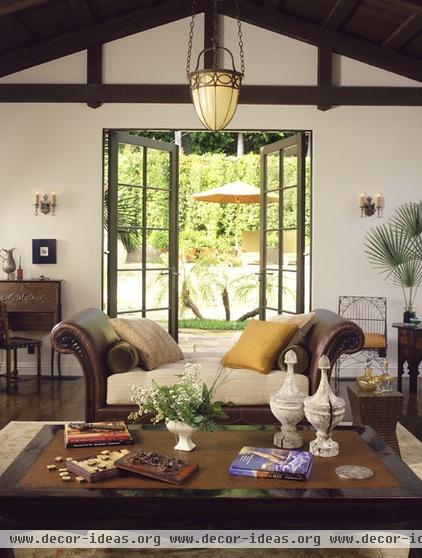
What Is a Recamier?
Slightly different from a settee or chaise, a recamier typically has two scrolled ends; it can be used from either direction. Some have one arm on each end (on opposite sides) so two people can sit facing each other.
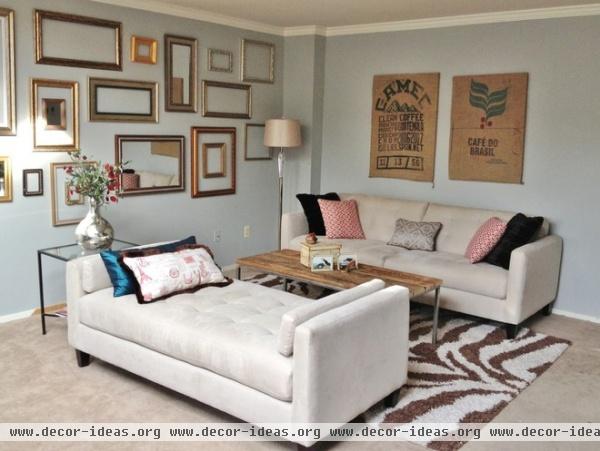
A contemporary spin on the recamier, backless couches usually have straight, low sides (but some have high sides) and no back. If you are looking for a piece like this, try searching for "backless sofa" and "chaise" to maximize your results.
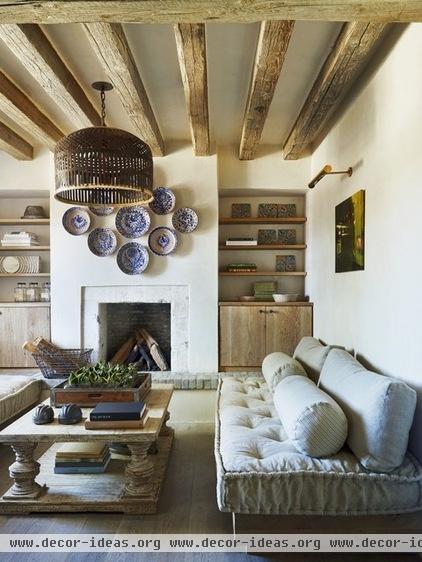
What Is a Divan?
Originating in Persia, a divan has a tufted mattress-like seat, either directly on the ground or on a low wooden frame. It is usually pushed against a wall, where pillows can be piled up to create a daytime seat — at night it can be cleared off and used as a bed. Think of the divan as the daybed's older, more lounge-worthy sibling.
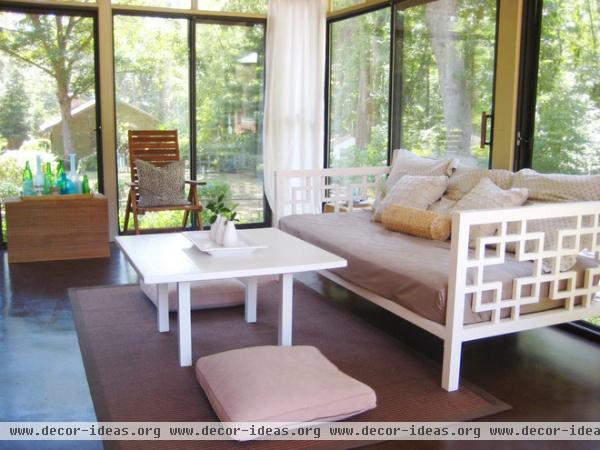
What Is a Daybed?
Daybeds have experienced a great surge in popularity in recent years — you can find versions everywhere from West Elm to high-end showrooms. Daybeds usually have a regular twin-size mattress, a low back and two raised ends. You can use the piece as a couch during the day and, when it's cleared of extra pillows, as a bed at night. Because daybeds (unlike divans) have backs, you can position them anywhere in the room — not just against the wall.
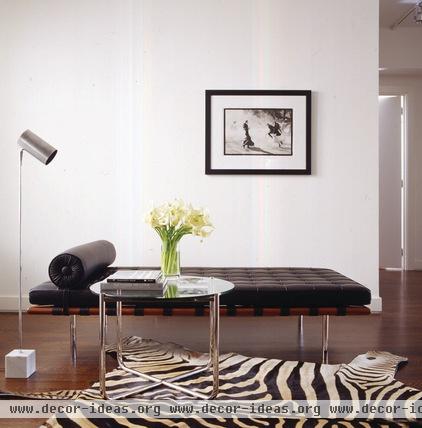
The iconic Barcelona daybed (shown here), designed by Mies van der Rohe, seems to have more in common with divans than with other daybeds. With no back, a tufted mattress-like seat and a simple neck-roll pillow, this sleek shape is a modernist's riff on the old divan form. But like other daybeds, it is meant to be floated in the room rather than pushed up against the wall and smothered in pillows.
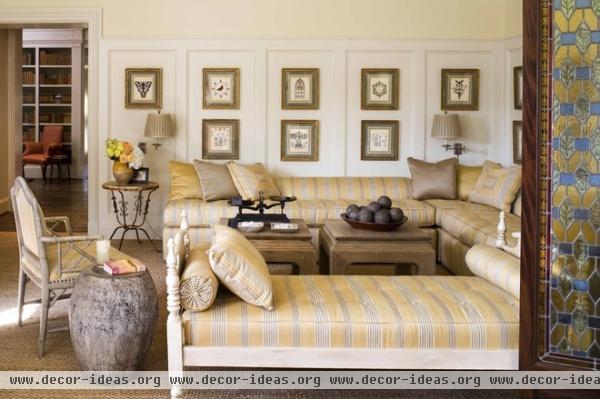
The terms "divan" and "daybed" are often used interchangeably, but "daybed" is the more common term. And sometimes the way you use a piece determines what you call it — for instance, the piece shown here could be a divan or may once have served as a bedstead, but given its tailored mattress cover, bolster pillows and floating position in the room, I would call it a daybed.
Tell us: Do you have a piece of furniture like any of the ones featured here? What do you call it?
Related Articles Recommended












